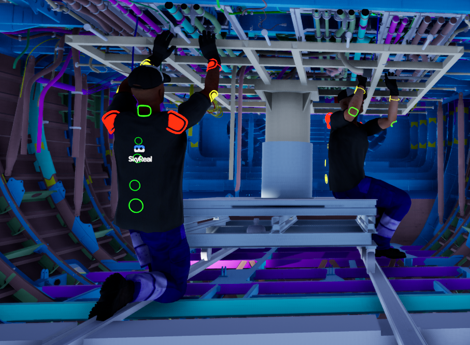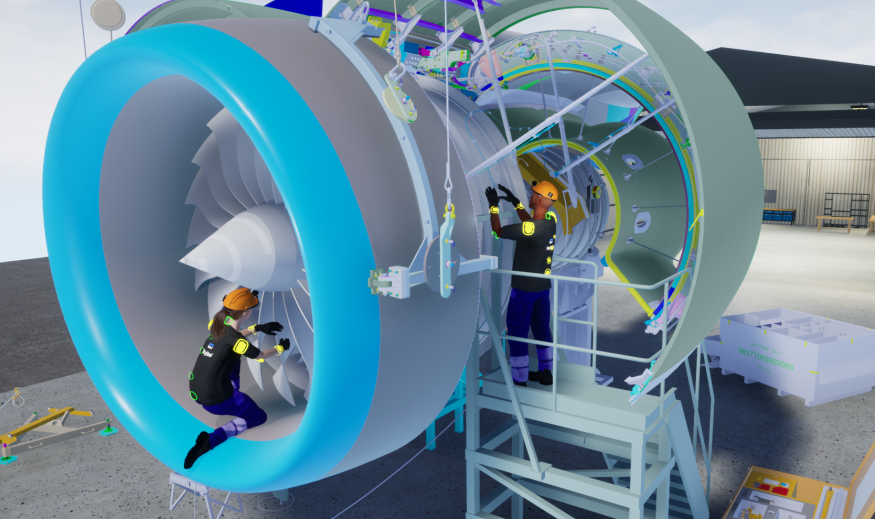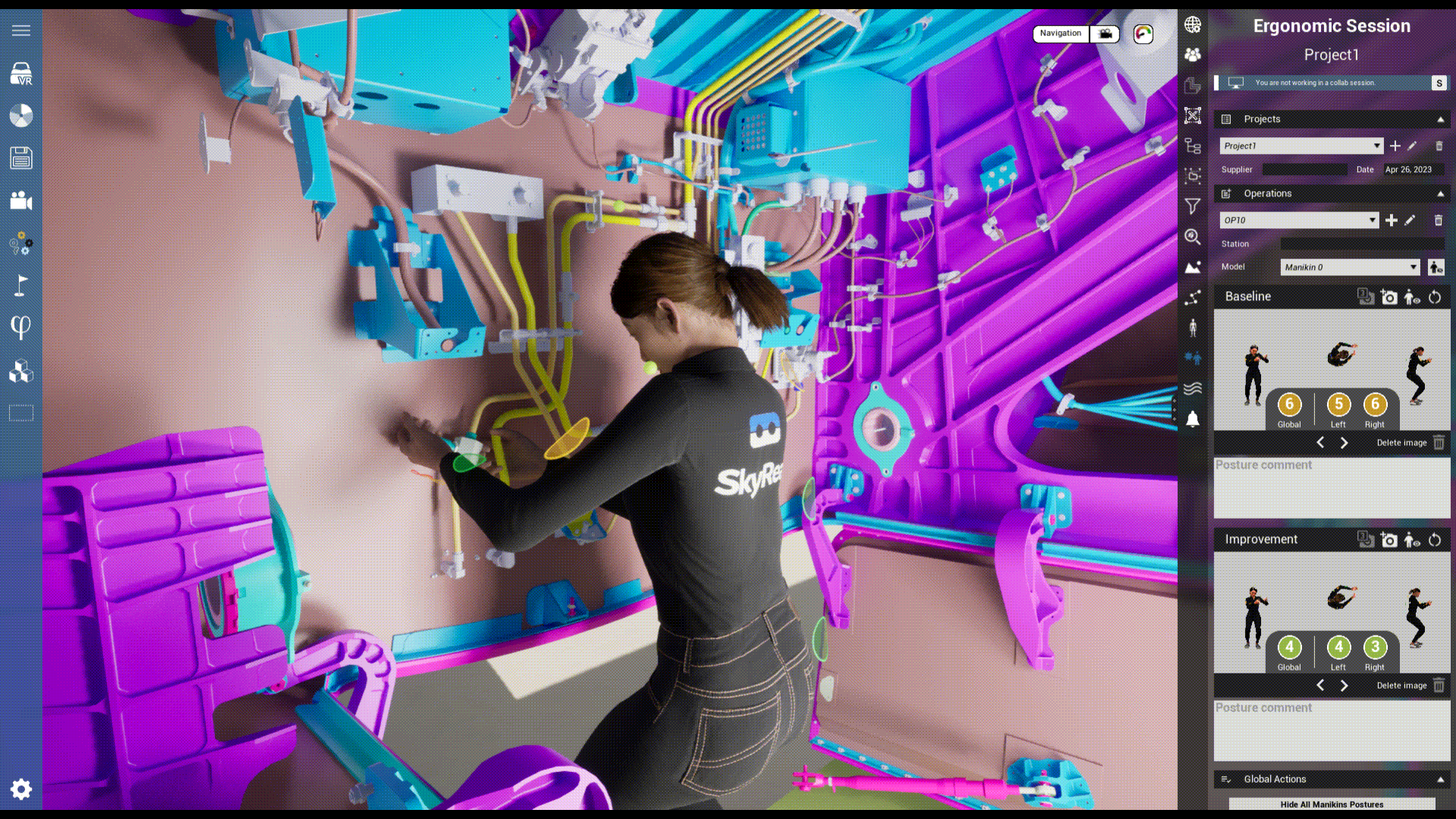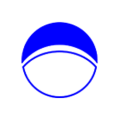What is the impact of musculoskeletal disorders in the field of engineering?
“MusculoSkeletal Disorders (MSDs) are defined as alterations of the musculoskeletal system that are generated or aggravated by professional activity.”
In France, MSD issues began to make headlines in the 1990s when a steady increase in the cases of occupational injuries compensated by Social Security were being seen. These multifactorial disorders were found, in an overwhelming majority (87%), to have an occupational component. The cost to companies amounts to approximately 2 billion euros for the year 2017 through contributions to occupational accidents and occupational injuries. Research showed nearly a third of work stoppages were caused by MSD, for a total of 22 million lost working days. Today, if we look at Occupational Health, we cannot ignore the “burn out” (or burnout syndrome) which is increasingly present in Western societies as a symptom of being ill at work; it should be noted that we are also increasingly talking about “boring out” (or burnout syndrome due to boredom).
Solving MSD issues in the workplace brings many benefits
Therefore assessing and quantifying MSD hazards in the workplace plays a key role in business efficiency, plus risk prevention means it is possible to transform the cost of MSDs into a performance lever. Within industry and manufacturing the focus in the past was on workplace safety; since the 2000s, MSDs have become a very important in the consideration and we now speak of “occupational safety and health” to refer to the various disciplines that aim to eliminate, or at least limit, the harmful effects of work on human beings.
Looking at the data from Industry, we can see that the vast majority of MSD issues are related to the upper body and therefore very often to the lifting of loads. We also see in the tertiary sector, many cases of carpal tunnel syndrome, which is an MSD that has developed enormously in recent years. A big difference between the main and tertiary sectors on the subject of MSDs is that many large companies now have ergonomists in their workforce.
At SkyReal, we are working on the integration of VR features designed to prevent MSD issues and/or assess their risks through Virtual Reality. For the moment, we are working more specifically on the back and arms because these are the main problems areas in the manufacturing industries. The three major sources of MSD that are observed, come from the loading, the repetition of a task and finally the position of the worker. This is what we came to for instance in our latest works on the manufacturing processes by focusing around 3 user profiles types and the role distribution in the VR manufacturing environment.
Understanding and solving MSD Issues with professionnal VR tool
To create the simulation we use the RULA (Rapid Upper Limb Assessment) method which is a method created by two English ergonomists (McAtamney and Corlett) in 2005 and used by many ergonomists throughout the world. This reference method is based on the difference between a working posture at an instant and the so-called resting posture. This difference is considered by giving a score to the angles that make up the posture; the further away they are from the resting posture, the higher the score. This method is static (like most other recognized methods) so it is up to the ergonomist to define the reference postures at the observed workplace considering both data collected among users and MSD issues observed during studies phases. Therefore, and this is what we are designing daily at SkyReal, a VR solution based on datas concerning users who’s suffering of MSDs seems to be ideal to understand dysfunctionals postures and give them an adapted response.
Refine datas from MSD issues and bring a real added value to ergonomists
To complement the RULA method, we have integrated the principles of the 3DSSPP software developed by the University of Michigan, and its method based on muscular effort and muscle fatigue. The idea is therefore to combine these two tools to refine the data concerning MSD issues and thus bring a real added value to ergonomists. Currently we haven’t found anything similar among our competitors in the VR market and we think that there is a useful and particularly interesting field of research for MSD issues.
At the moment, our focus is on displaying MSD data to provide data that is useful, digestible and complete. We are working on two display methods (cf visual):
- Directly on a virtual manikin with color coded markers to see the areas of the body presenting the risks.
- On a separate 2D display panel to indicate the score obtained according to the RULA method.
Better analyze postures and ergonomics to erase MSDs thanks to virtual reality
In addition, we output a “report” that allows you to easily illustrate the problems identified by the ergonomist and to export the raw data of the posture (including angles) to continue the ergonomic work on other tools if necessary.
At SkyReal our aim is to enable the ergonomist to analyse a workplace in detail, to identify possible problems, to target them and to transmit them to his collaborators in order to provide the necessary solutions, in consultation with the operators and engineers.We do not imagine in any way replacing the work done by the ergonomist, but rather offering them a modern work tool that saves time and improves accuracy by producing 3D visuals within VR. Furthermore, we are convinced that providing images with a high level of detail within VR software, will be a way to help illustrate the work of the ergonomist and a very important benefit for companies in the prevention of MSDs.





